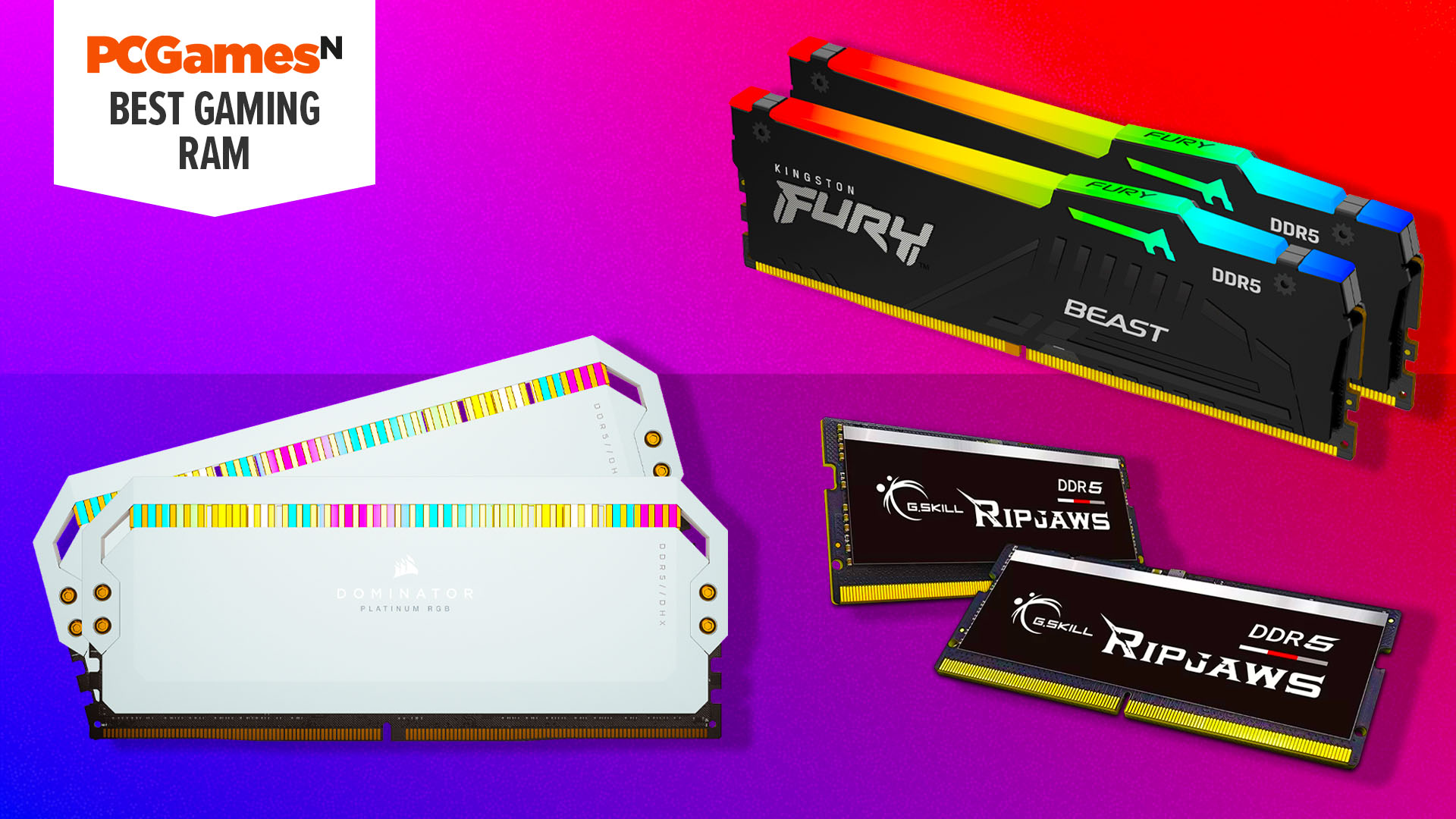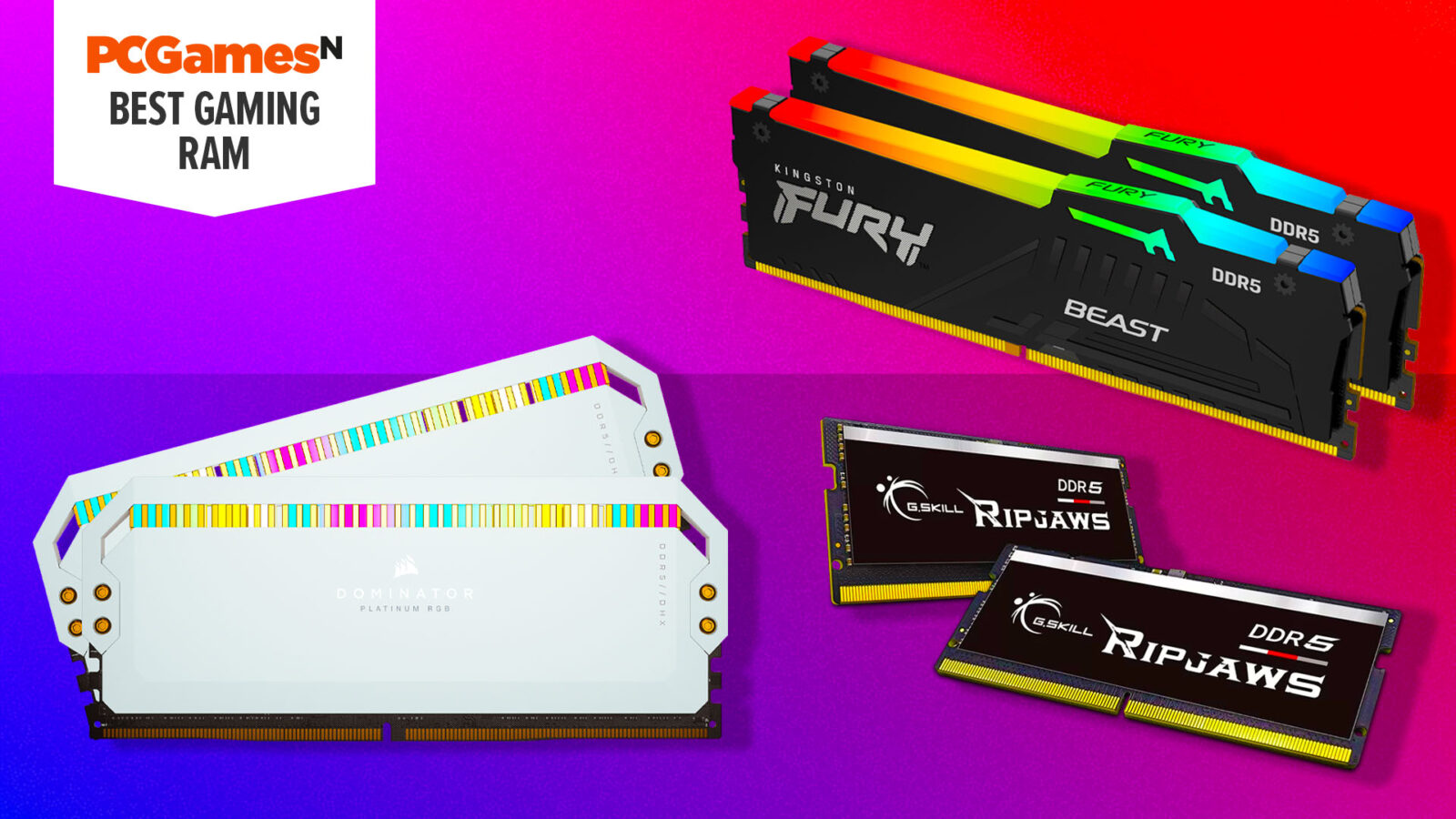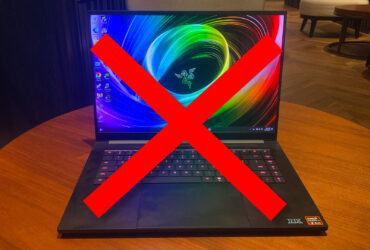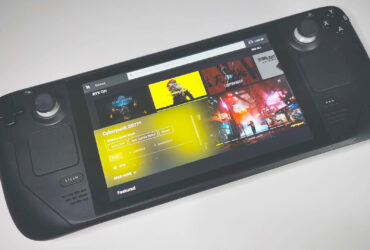
The best gaming RAM can make a substantial difference to the experience of using your PC, and without making a planet-sized dent in your bank balance either. We’ve seen surprisingly large variations in gaming frame rates when using different memory on the same test gear, and adding more RAM to your machine also makes it much quicker to flick between apps.
While picking out new RAM for gaming might not give you the same adrenalin rush as picking out the best graphics card or best gaming CPU, making sure you have the right system memory is essential if you want to build a gaming PC that will stand the test of time. Plus, let’s face it, a lot of the latest RGB modules also look pretty fine too, adding several lighting strips to the otherwise uninspiring motherboard area next to your CPU.
If you like to keep lots of browser tabs open, and still be able to go straight to your photo editor without being held up, then a RAM upgrade is a great investment. If you’re still struggling along with just 16GB of RAM, or worse, 8GB, then now is a great time to give your system some room to breathe.
With AMD and Intel’s latest processors supporting ever higher memory frequencies, you’ll need to pick your RAM carefully if you’re building a brand new rig. As we found in our recent DDR4 vs DDR5 investigation, it’s definitely worth making the jump to DDR5 now if you’re building a new system, and you can get higher frame rates with faster clock speeds too.
To find our best recommendations, we’ve been trying and testing many of the best gaming RAM modules at a range of prices for both AMD and Intel platforms. We cover both DDR4 and DDR5 DIMMs, and we examine kits with and without RGB lighting as well.
Why you can trust our advice ✔ At PCGamesN, our experts spend hours testing hardware and reviewing games and VPNs. We share honest, unbiased opinions to help you buy the best. Find out how we test.
Best gaming RAM in 2024:
FAQs
How much RAM do I need for gaming?
Ideally, you need to 32GB of RAM for gaming in your PC. The more RAM in your system, the less time your CPU has to spend paging your slower SSD for data. You rarely see frame rates going up as a result of having more RAM (unless you’re upgrading from a really small amount), but your PC will be able to flick between tasks much more quickly if you have more memory.
This means less waiting around for your PC to become usable if you exit a game, for example, and you can instantly switch between multiple browser tabs, then go straight to Photoshop, without any of your tabs or apps suddenly going white and needing to refresh. It makes a difference to the usability of your PC, rather than performance as you’d traditionally measure it.
We consider 16GB to be the bare minimum in 2024. This is enough for gaming, and it gives you just enough headroom for Windows and a few pieces of software open at the same time. However, we recommend 32GB as the sweet spot now, and it doesn’t cost much more money to upgrade to 32GB now either.
How many RAM modules do I need?
You need two RAM modules in your gaming PC. This is because all of Intel and AMD’s mainstream gaming CPUs support dual-channel memory. This clever tech interleaves the memory banks on two modules to increase the bandwidth, meaning your memory will be able to talk to your CPU more quickly. You can put just one RAM module in your PC, but it will be quicker if you install two instead.
This is why most desktop memory comes in matched pairs, and unless you’re upgrading to exactly the same type of RAM (manufacturer, speed, capacity, and latency) that’s already in your system, there’s no guarantee that a new memory upgrade will run well with your existing memory. For this reason, we recommend buying a whole new dual-channel kit when upgrading your PC RAM, and then selling your existing RAM to make up some of the cost.
Is RAM speed important for gaming?
Yes, RAM speed is important for gaming, but there are diminishing returns after a certain point. In our tests, we’ve seen significant jumps in performance when going from a 3,600MHz DDR4 kit to a 6,000MHz DDR5 kit, for example, but the difference is smaller when you then go up to 6,400MHz.
Testing with Assassin’s Creed Mirage, which is very responsive to RAM speed, upgrading from 6,000MHz to 6,400MHz increased the average frame rate from 190fps to 199fps, while going up to 6,600MHz upped it a little further to 202fps. However, the 3,600MHz DDR4 system with the same spec only averaged 157fps. At current prices, we recommend a 6,000MHz kit as the sweet spot. You can get more gaming performance from faster RAM, but you’ll be better off putting that extra money toward a more powerful GPU.
The other factor here is latency, which we’ve found has less of an impact on gaming performance than clock speed, but still has an effect. Prioritize clock speed first, and then go for a kit with tighter timings if it doesn’t cost too much more money. A 6,000MHz kit with CL36 timings is a good target here.
How do I choose RAM for gaming?
Identifying the right RAM for your system ultimately comes down to compatibility. If you’re going to build a gaming PC from scratch, then we recommend building one with DDR5 RAM now. None of AMD’s latest Zen 4 and Zen 5 CPUs support DDR4, and Intel Arrow Lake will also only support DDR5 when it launches too.
Also, our tests have shown that you can get a significant boost in frame rates by using DDR5 in an Intel 14th-gen system, rather than DDR4, particularly in Assassin’s Creed Mirage. You can’t put DDR5 RAM in a DDR4 system, and vice versa. Not only are they technically incompatible, but their physical shape means you can’t put the wrong memory in the wrong slot either.
There are still some reasons to consider DDR4, though. If you can’t afford to build a whole new system, but you already own a capable AMD Ryzen 5000 or Intel 13th-gen system with DDR4 RAM, then an upgrade from 16GB to 32GB is well worth it. Your PC will have more room to breathe, and it doesn’t cost much money either.
What is DDR5 memory?
DDR5 memory is the newest memory standard that’s currently compatible with the latest generation of Intel and AMD CPUs. It can run at much higher effective clock speeds than DDR4 memory, but it also in turn has higher latency.
When it was first launched, DDR5 RAM was prohibitively expensive, but it’s since come down massively in price, to the point where it’s only a little more expensive than DDR4.
Our tests have shown that DDR5 RAM can offer a solid advantage over DDR4 in games, and we recommend going with this newer memory standard if you’re speccing up a new system now.











Leave a Reply